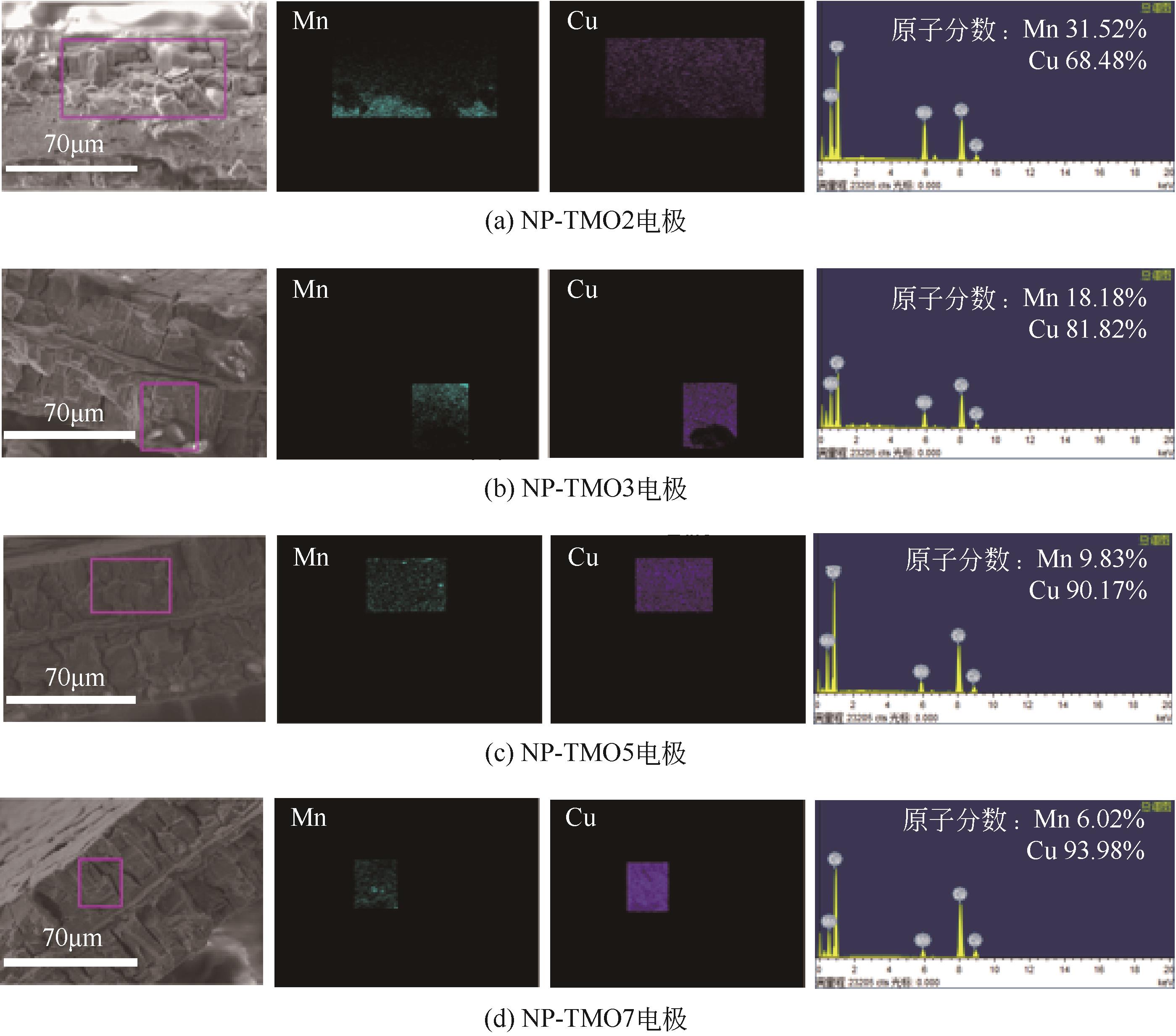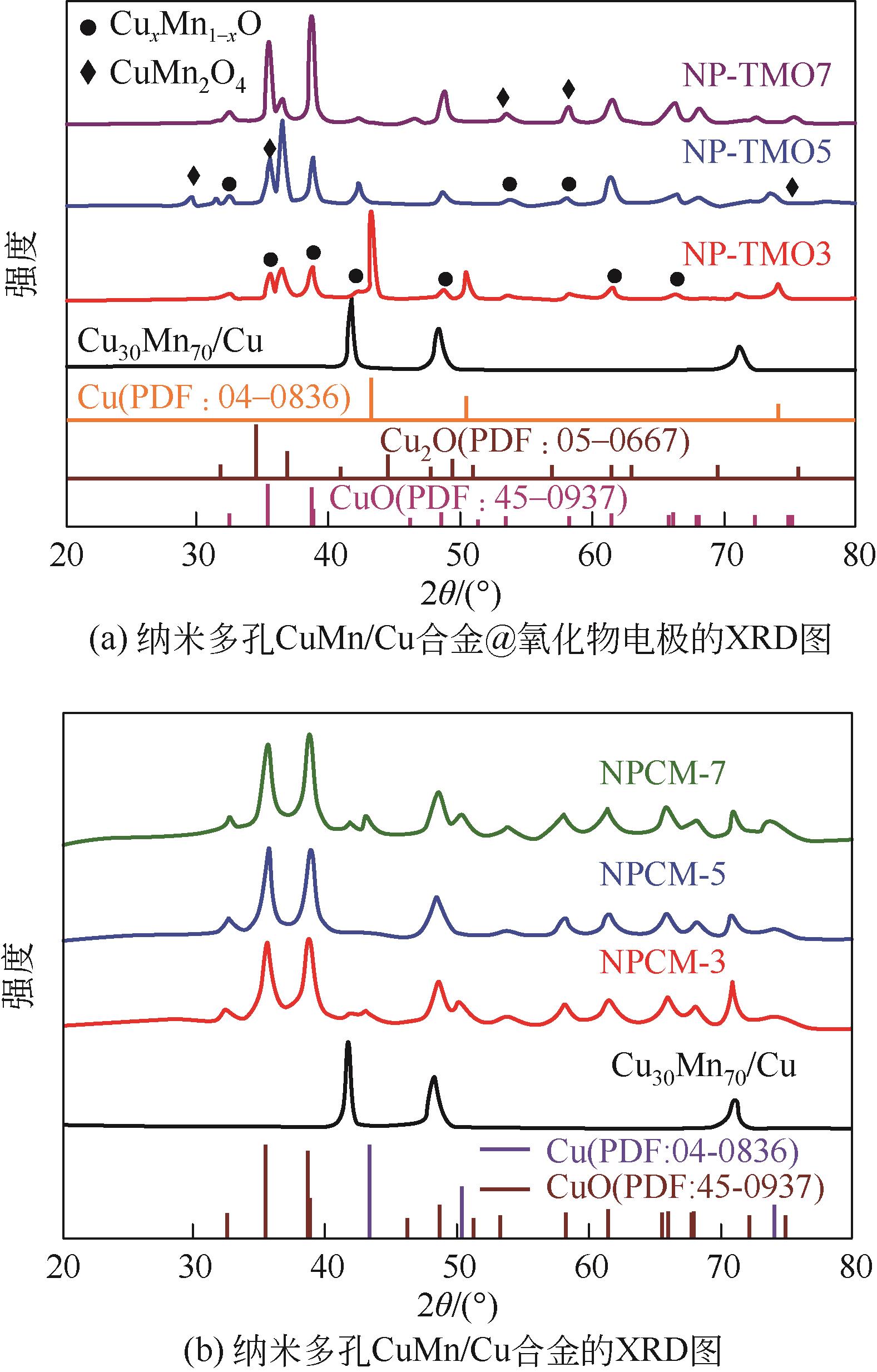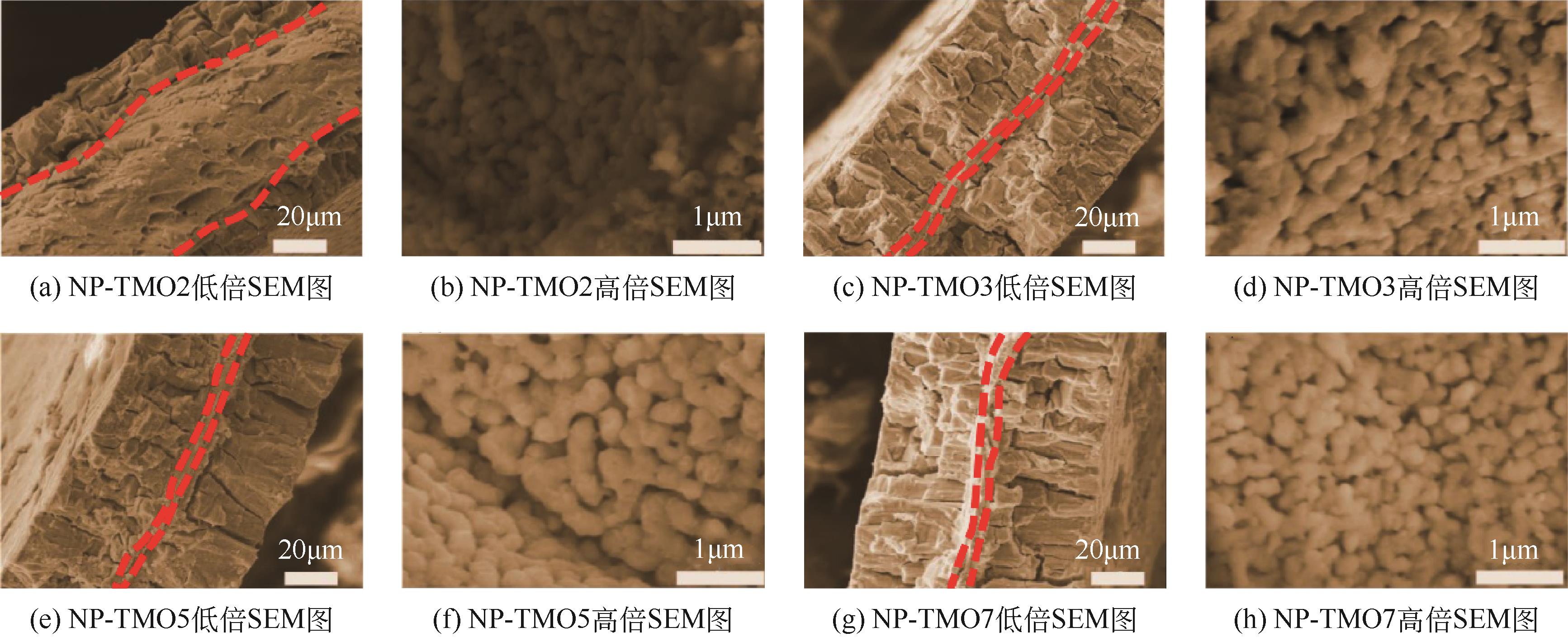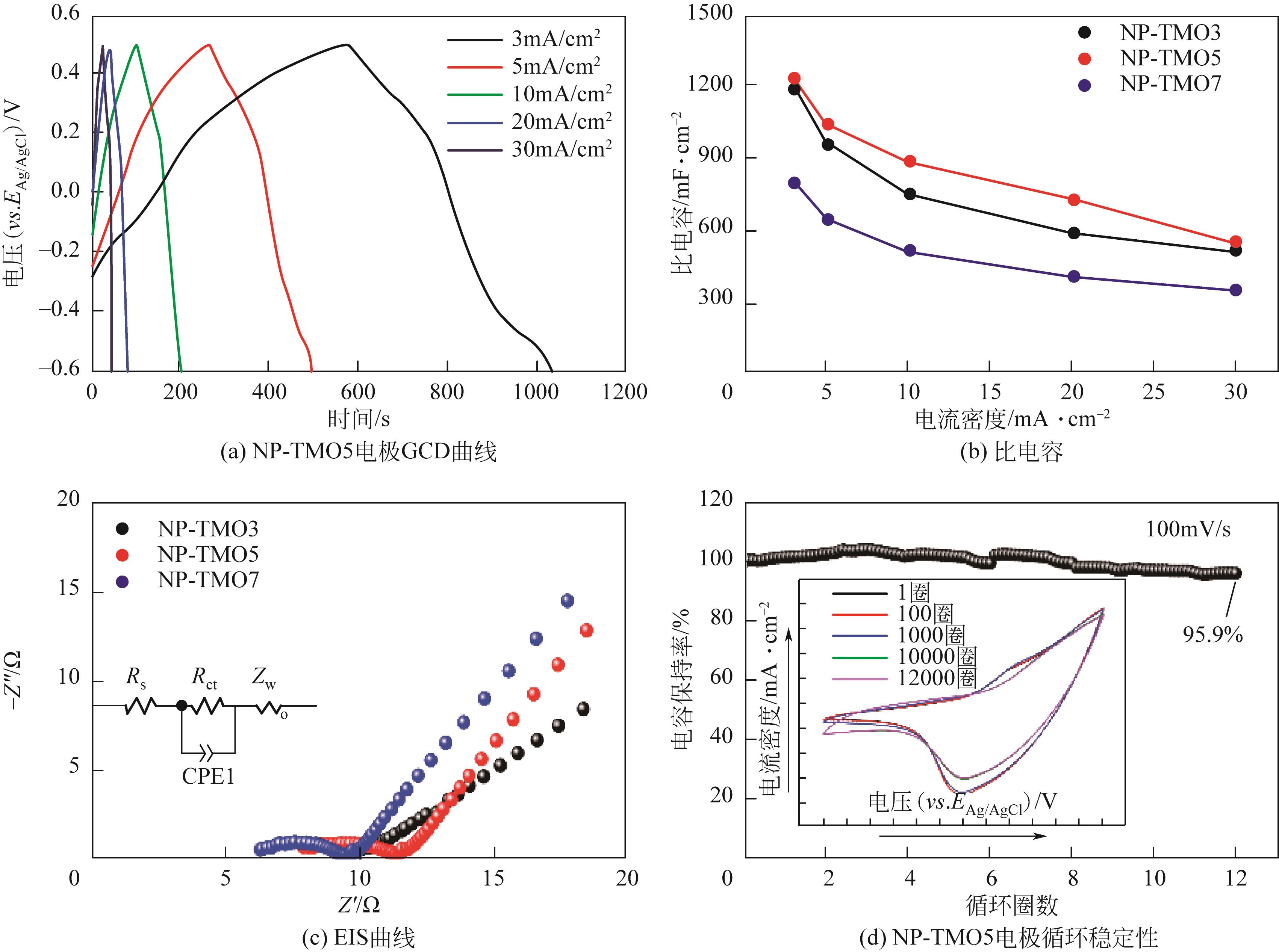| 1 |
LIU Qianwen, ZHANG Amin, WANG Ruhao, et al. A review on metal- and metal oxide-based nanozymes: Properties, mechanisms, and applications[J]. Nano-Micro Letters, 2021, 13(1): 154.
|
| 2 |
殷权, 李洪娟, 秦占斌, 等. 金属化合物超级电容器电极材料[J]. 化工进展, 2016, 35(S2): 200-208.
|
|
YIN Quan, LI Hongjuan, QIN Zhanbin, et al. Electrode materials of metal compound for supercapacitors[J]. Chemical Industry and Engineering Progress, 2016, 35(S2): 200-208.
|
| 3 |
JAGADALE S D, TELI A M, KALAKE S V, et al. Functionalized crown ether assisted morphological tuning of CuO nanosheets for electrochemical supercapacitors[J]. Journal of Electroanalytical Chemistry, 2018, 816: 99-106.
|
| 4 |
PATIL Amar M, LOKHANDE V C, JI T, et al. New design of all-solid state asymmetric flexible supercapacitor with high energy storage and long term cycling stability using m-CuO/FSS and h-CuS/FSS electrodes[J]. Electrochimica Acta, 2019, 307: 30-42.
|
| 5 |
王振威, 杨晓闪, 郑亚云, 等. CuO/Cu x S y 八面体核壳结构的合成及其电化学性能[J]. 材料工程, 2020, 48(6): 98-105.
|
|
WANG Zhenwei, YANG Xiaoshan, ZHENG Yayun, et al. Synthesis and electrochemical performance of CuO/Cu x S y octahedral core-shell structure[J]. Journal of Materials Engineering, 2020, 48(6): 98-105.
|
| 6 |
ZHANG Yan, GUO Wanwan, ZHENG Tianxu, et al. Engineering hierarchical Diatom@CuO@MnO2 hybrid for high performance supercapacitor[J]. Applied Surface Science, 2018, 427: 1158-1165.
|
| 7 |
LIU Peng, QIN Kaiqiang, WEN Shuaiwei, et al. In situ fabrication of Ni-(OH)2/Cu2O nanosheets on nanoporous NiCu alloy for high performance supercapacitor[J]. Electrochimica Acta, 2018, 283: 970-978.
|
| 8 |
KANG Jianli, ZHANG Shaofei, ZHANG Zhijia. Three-dimensional binder-free nanoarchitectures for advanced pseudocapacitors[J]. Advanced Materials, 2017, 29(48): 1700515.
|
| 9 |
PARK Yang Jeong, KIM Jung Woo, Ghafar ALI, et al. Enhancement of oxidation resistance of zirconium alloy with anodic nanoporous oxide layer in high-temperature air/steam environments[J]. Corrosion Science, 2018, 140: 217-222.
|
| 10 |
JIN Zeyu, Juan LYU, ZHAO Yilu, et al. Top-down synthesis of noble metal particles on high-entropy oxide supports for electrocatalysis[J]. Chemistry of Materials, 2021, 33(5): 1771-1780.
|
| 11 |
ZHANG Shaofei, ZHANG Zhijia, LI Hongwei, et al. Ultrahigh areal capacity of self-combusted nanoporous NiCuMn/Cu flexible anode for Li-ion battery[J]. Chemical Engineering Journal, 2020, 383: 123097.
|
| 12 |
BREZESINSKI Torsten, WANG John, TOLBERT Sarah H, et al. Ordered mesoporous α-MoO3 with iso-oriented nanocrystalline walls for thin-film pseudocapacitors[J]. Nature Materials, 2010, 9(2): 146-151.
|
| 13 |
ZHU Qiancheng, ZHAO Danyang, CHENG Mingyu, et al. A new view of supercapacitors: Integrated supercapacitors[J]. Advance Energy Materials, 2019. DOI: 10.1002/aenm.201901081 .
|
| 14 |
LIU Xinyue, WANG Jianxing, YANG Guowei. Amorphous nickel oxide and crystalline manganese oxide nanocomposite electrode for transparent and flexible supercapacitor[J]. Chemical Engineering Journal, 2018, 347: 101-110.
|
| 15 |
SUN Guoqiang, YANG Hongsheng, ZHANG Guofeng, et al. A capacity recoverable zinc-ion micro-supercapacitor[J]. Energy & Environmental Science, 2018, 11(12): 3367-3374.
|
| 16 |
LI Yong, YAN Xiaoqin, ZHENG Xin, et al. Fiber-shaped asymmetric supercapacitors with ultrahigh energy density for flexible/wearable energy storage[J]. Journal of Materials Chemistry A, 2016, 4(45): 17704-17710.
|
| 17 |
MANJAKKAL Libu, NÚÑEZ Carlos García, DANG Wenting, et al. Flexible self-charging supercapacitor based on graphene-Ag-3D graphene foam electrodes[J]. Nano Energy, 2018, 51: 604-612.
|
| 18 |
SHI Chenglong, SUN Junlong, PANG Youyong, et al. A new potassium dual-ion hybrid supercapacitor based on battery-type Ni(OH)2 nanotube arrays and pseudocapacitor-type V2O5-anchored carbon nanotubes electrodes[J]. Journal of Colloid and Interface Science, 2022, 607: 462-469.
|
| 19 |
SAHA Sanjit, AROLE Kailash, RADOVIC Miladin, et al. One-step hydrothermal synthesis of porous Ti3C2T z MXene/rGO gels for supercapacitor applications[J]. Nanoscale, 2021, 13(39): 16543-16553.
|
 ), 赵珊, 刘向卿, 张毅, 肖雅茹, 张少飞(
), 赵珊, 刘向卿, 张毅, 肖雅茹, 张少飞( ), 李田田, 孙金峰
), 李田田, 孙金峰
 ), ZHAO Shan, LIU Xiangqing, ZHANG Yi, XIAO Yaru, ZHANG Shaofei(
), ZHAO Shan, LIU Xiangqing, ZHANG Yi, XIAO Yaru, ZHANG Shaofei( ), LI Tiantian, SUN Jinfeng
), LI Tiantian, SUN Jinfeng






